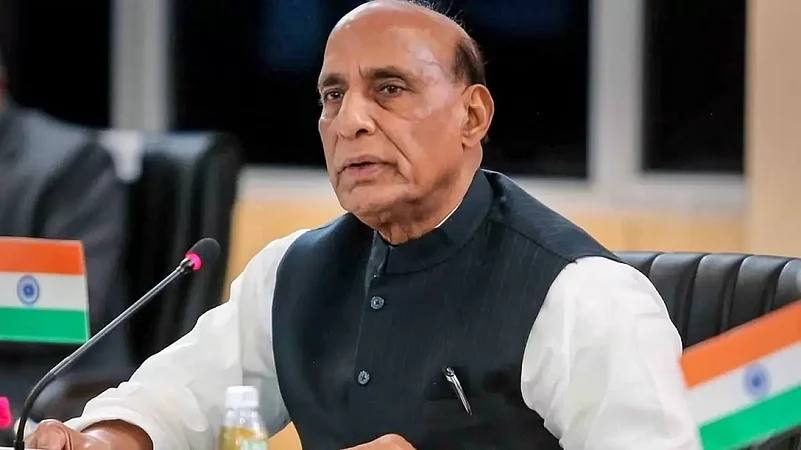Union Defence Minister Rajnath Singh and Chief of Naval Staff Admiral R Hari Kumar on Tuesday visited hydrography ships at the Southern Naval Command (SNC) here on the eve of World Hydrography Day.
After arriving at the naval base, the Defence Minister toured a Hydro exhibition held on the occasion and also released nautical charts. Admiral R Hari Kumar, who accompanied Singh, said that without nautical charts there could be accidents and incidents like grounding, collisions, environment pollution and loss of lives at sea.
"Therefore, basic charts are very essential for any activity at sea and therefore, hydrography plays a very important role in achieving the maritime India vision of 2030 of the Government of India," he said.
Every year, June 21 is celebrated as World Hydrography Day to highlight the role of hydrography in supporting various activities in the maritime domain and its overall contribution to national development, a Defence release said.
Hydrography, an applied science which deals with the measurement and description of the physical features of oceans, seas, coastal areas, lakes and rivers, as well as with the prediction of their change over time, it said.
The Indian Naval Hydrography Department (INHD) has seven indigenously built modern survey ships, including one Catamaran Hull Survey Vessel (CHSV), that demonstrate a range of capabilities that make them indispensable in the field of hydrography, the release said.
Admiral Kumar said that in the next few months four more indigenous hydrography vessels built in our own shipyards would be commissioned. "They have much more enhanced capabilities to carry out survey activities," he said.
With their multidimensional roles, these vessels serve as crucial platforms for conducting surveys, research, and resource exploration, contributing to safer navigation, sustainable development, and a deeper understanding of our marine environments, the release said.
"They are equipped with state-of-the-art surveying equipment such as multi-beam echo sounders, side-scan sonars, advanced autonomous underwater vehicles, which accurately map the seabed.
"The ships are also capable of operating integral flights which can carry out transfer of stores, men and aerial recce over remote areas inaccessible by sea," it said. It further said that the future of hydrography holds great promise as the autonomous and remote underwater vehicles of the Indian Navy are revolutionising data collection, making hydrographic surveys faster, more efficient, and environmentally friendly.
On land, the National Institute of Hydrography (NIH) at Goa is the centre for imparting training in Hydrography and is accredited by the International Hydrographic Organisation for Indian and foreign trainees, the release said. Till date more than 800 trainees from 41 different countries have been trained at NIH, it said.
















